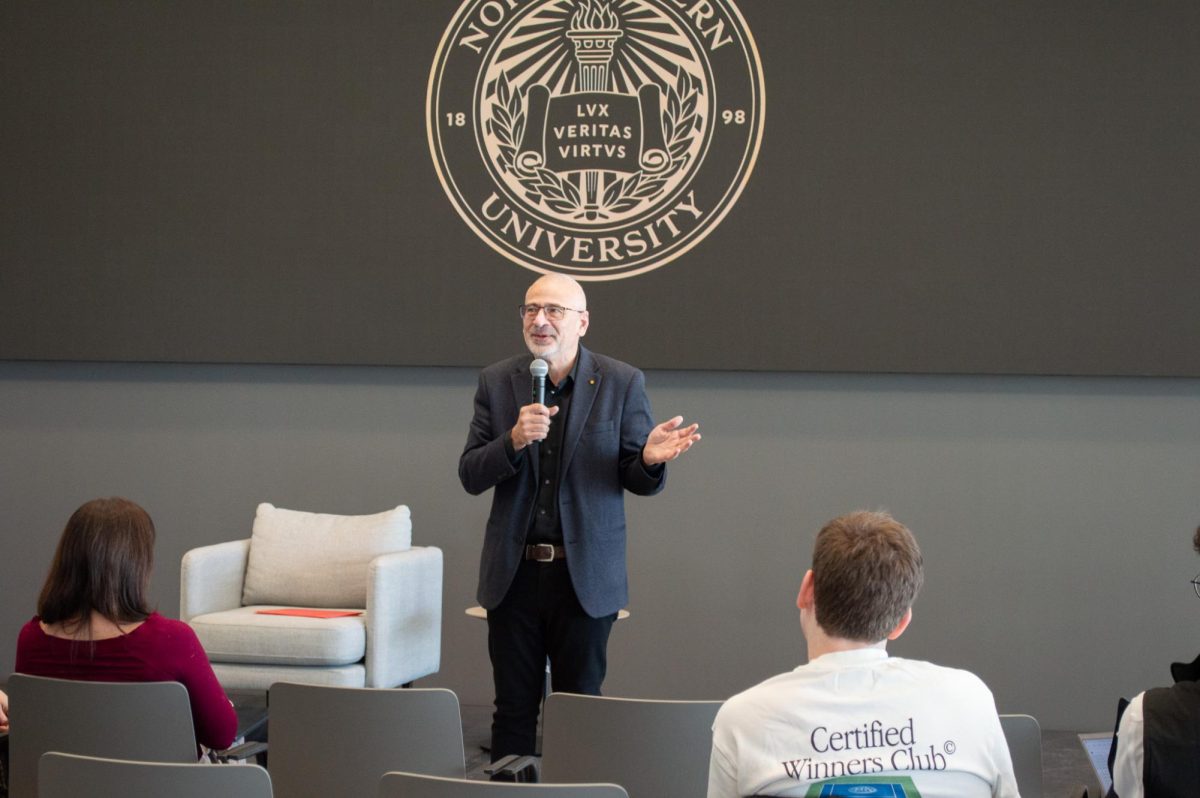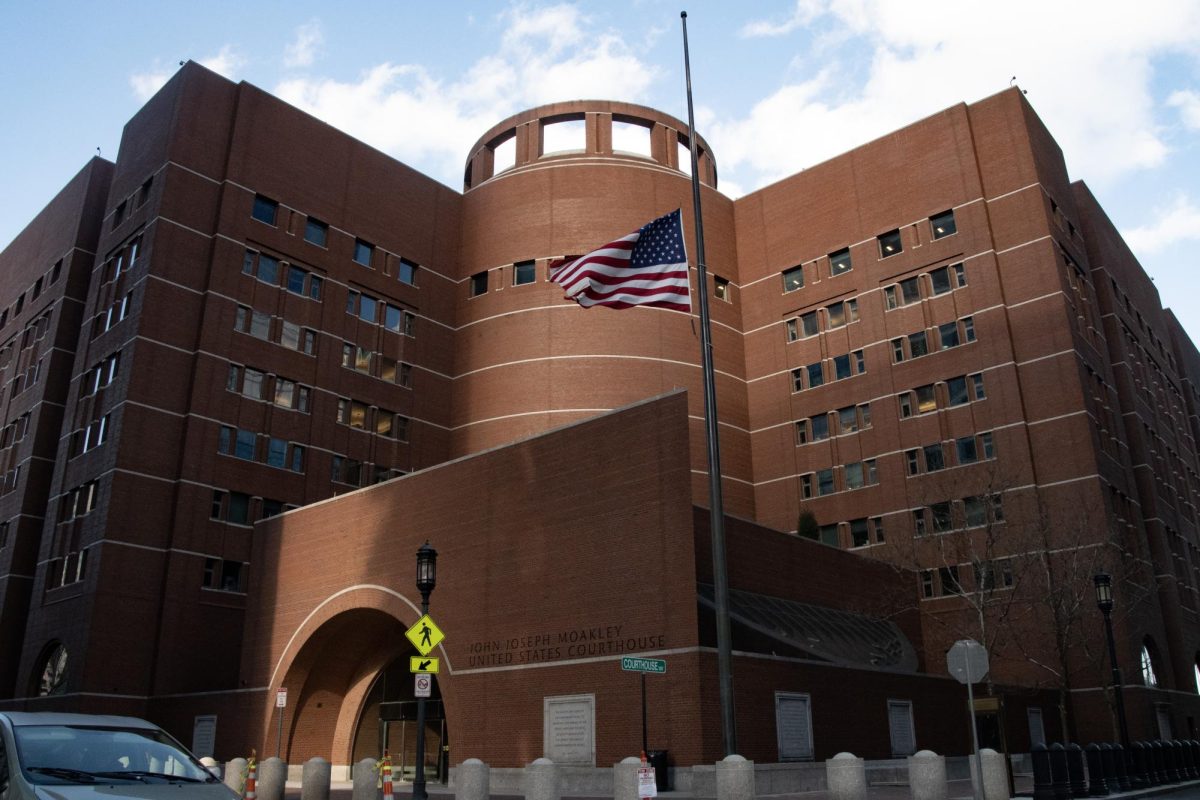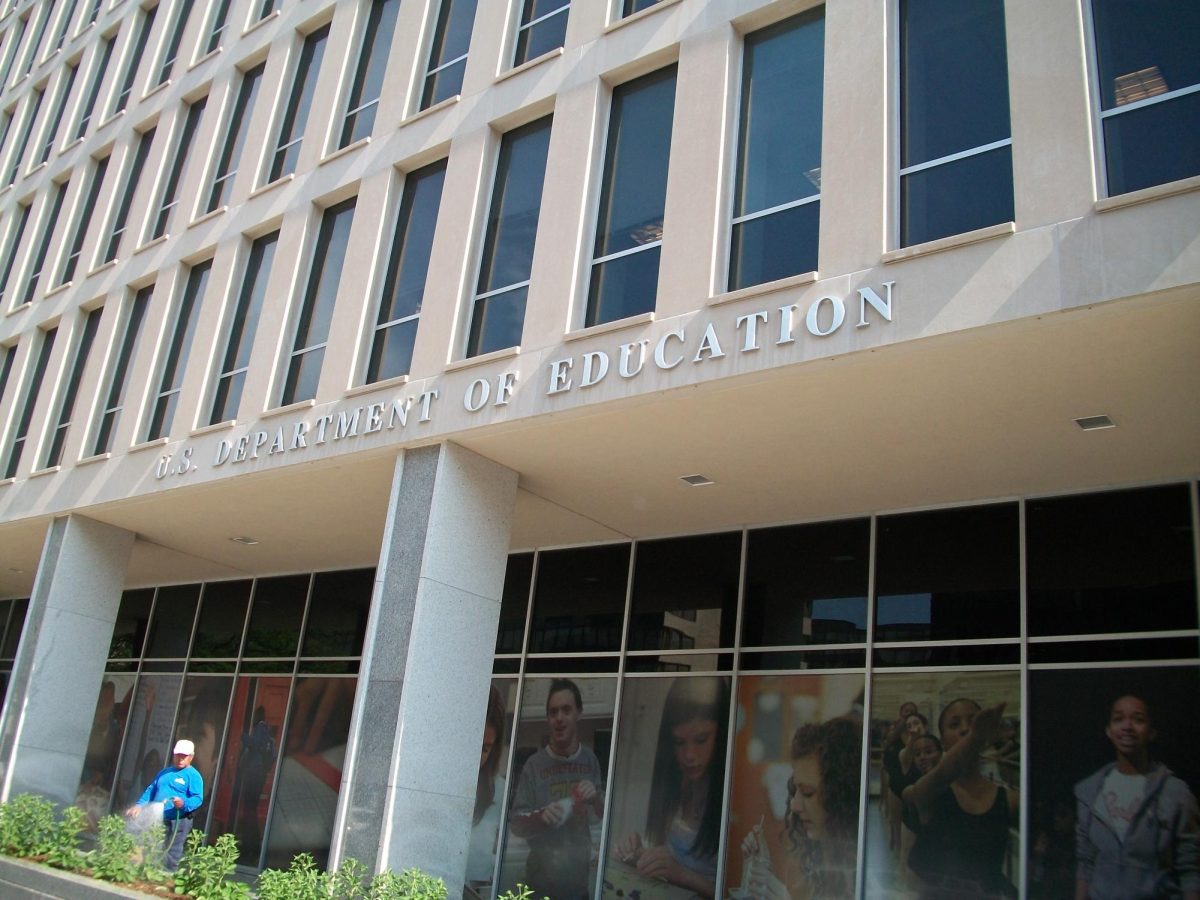By Alee Hoffman
In collaboration with four other universities, several Northeastern students’ artwork was shown in an exhibit held at the University of Connecticut’s Atrium Gallery through April 25. The exhibit advocated community action and represented a variety of opinions and thoughts on the war in Iraq.
The exhibit, titled “Your Message Here,” is the brain-child of Class Action, “an activist design group that uses graphic design to activate social issues,” as described by Graphic Design Professor Thomas Starr of the Northeastern Department of Visual Arts and a member of the five-person collective.
Although Class Action has been creating visual messages on many issues in the last ten years, Starr and the other members, all college professors, decided to involve their current students in their retrospective exhibit. The schools involved alongside Northeastern included Yale University, University of Connecticut, Rutgers University, and The University of The Arts in Philadelphia, PA. Students in Starr’s winter quarter Typography II class were given a topic: create something with words that conveyed a message about the state of our (at the time) pre-war country and the conflict in Iraq.
After researching the topic and deciding what medium would best convey the message they desired, Northeastern students got to work, and in the end, three NU students’ work was chosen to be shown in the exhibit. Rebecca King designed a tee-shirt promoting the Northeastern group Campus Against War and Racism, while Erica Maver created a label that would be placed on empty bottles to represent people who attend peace marches. Jill Anna Daducci’s work represented the main idea of the exhibit, which is to inspire others to do something about what is happening in the world.
Suggesting that this war has to do with America’s need for Middle East oil, Daducci created a bumper sticker that said,”blood, oil, carpool.”
“[Her idea is if there is] less need for oil, there is less need for war,” said Starr.
Using everything from a giant billboard on I-95, photographs, clothing and floor tiles, the exhibit was a mixture of opinions that were both for and against war, and some works that did not give a concrete answer as much as it prompted viewers to question their own views and ideas. One such example of this type of work was the large billboard put up by four Yale students. The billboard read “War in the name of … ” leaving a blank space as if to ask the viewer to think of their own reasons as to why.
Whatever the opinion or way in which it was expressed, Class Action’s main intent is to motivate change in their communities. “This [exhibit] is not just something to ponder, but [a way] to inspire action,” said Starr.









